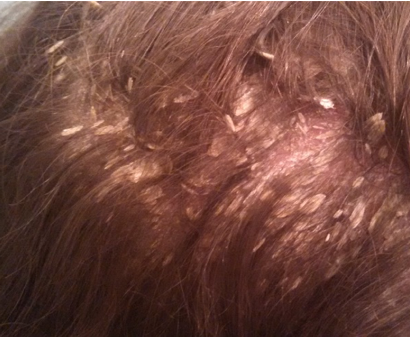Seborrheic dermatitis, a key cause of dandruff, is a common skin condition that mainly occurs on the scalp. Scaly, red skin as well as persistent flaking of the scalp are common symptoms. Seborrheic dermatitis can also affect oily parts of your body, including the face, eyebrows and eyelids, ears, and chest. In infants, this skin condition is commonly known as cradle cap and causes crusty, scaly skin on the child’s scalp.
This condition sometimes goes away without medical treatment. Your dermatologist can help you treat persistent, symptomatic or recurring seborrheic dermatitis.







